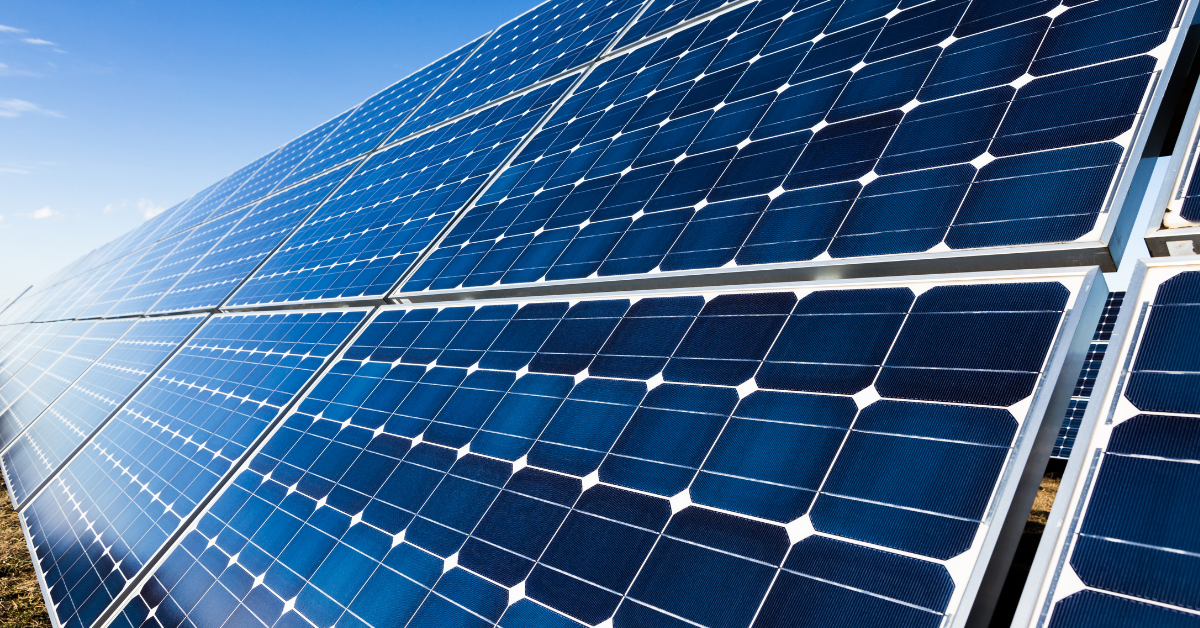With the release of The European Electricity Review 2025, we’re diving into the key findings that shape the future of energy in Europe. This report highlights record-breaking solar growth, the continued decline of fossil fuels, and the urgent need for more wind and grid flexibility. As the EU moves closer to a fossil-free electricity system, we explore what this progress means for businesses, policymakers, and the UK’s energy future.
Solar’s Record Growth Signals a New Era
Solar power has emerged as the fastest-growing energy source in the EU, providing 11% of the region’s electricity in 2024—up 22% from the previous year. This unprecedented growth has been driven by:
- Record-breaking capacity additions: 66 GW of new solar installed in 2024 alone.
- Falling costs: Solar has become the cheapest source of electricity in many EU countries.
- Policy support: The European Green Deal and national renewable energy plans have accelerated solar uptake.
However, sustaining this momentum will require greater investment in clean energy flexibility—such as battery storage, grid expansion, and electrification. Without these measures, the full potential of solar power may not be realised.

Wind Power Faces Challenges but Remains Cost-Competitive
While wind remains the second-largest source of electricity in the EU, its growth has slowed due to supply chain disruptions, inflation, and permitting obstacles. In 2024, wind generation grew by just 7 TWh, far below the 30 TWh average of previous years.
Encouragingly, the outlook is improving:
- Turbine orders have increased, signalling a recovery in the sector.
- New policy reforms are accelerating permitting processes, reducing wait times from 6 years to just 2 in some countries.
- Offshore wind capacity is set to expand significantly, which will help bridge the gap between EU climate targets and actual deployment.
Despite recent setbacks, wind power remains highly competitive against fossil fuels, and its continued growth will be essential for meeting the EU’s long-term decarbonization goals.

Fossil Fuels in Decline: A Structural Shift
The decline of fossil fuels in the EU power sector is no longer just a temporary trend—it’s a structural transformation.
- Coal power has fallen to a historic low, now supplying just 10% of EU electricity.
- Gas power generation has declined for five years straight, contributing to a 20% drop in total EU gas consumption since 2019.
- Wind and solar have saved the EU €59 billion in fossil fuel import costs since the start of the Green Deal.
These changes are not just about reducing emissions—they are fundamentally reshaping Europe’s energy landscape. By reducing reliance on imported fossil fuels, the EU is also enhancing energy security and protecting consumers from volatile gas prices.

What Needs to Happen Next?
The European Electricity Review 2025 makes one thing clear: the EU’s electricity transition is moving faster than expected, but further acceleration is needed to meet 2030 and 2040 climate targets.
- Expand clean energy flexibility: Investments in battery storage, demand response, and electrification will be critical to integrating more renewables into the grid.
- Accelerate wind deployment: To stay on track with EU targets, wind growth must more than double. This requires streamlining permitting and improving auction designs to attract more investment.
- Strengthen policy commitments: National governments must update their renewable energy targets to reflect the rapid growth of wind and solar. Ambition alone is not enough—delivery must match expectations.
What Does This Mean for the UK?
The EU Clean Energy Transition presents significant implications for the UK, especially in the context of the UK’s departure from the EU:
- Energy Trade & Market Integration: Post-Brexit trade barriers have increased energy costs. A permanent UK-EU electricity trading deal could reduce consumer prices.
- Carbon Pricing & Competitiveness: The UK and EU Emissions Trading Schemes remain unlinked, creating price disparities. Linking them could boost efficiency and decarbonization.
- Investment in Renewable Energy: UK clean energy investment fell 10% in 2022, while EU and US investments increased. More funding is needed to stay competitive.
- Industrial Impact: Sectors face challenges in transitioning to clean energy. Supportive policies, infrastructure investment, and incentives are essential.
At UrbanVolt, we are committed to powering this transition by providing businesses with clean, cost-effective energy solutions. The time for action is now, reach out to us today.


